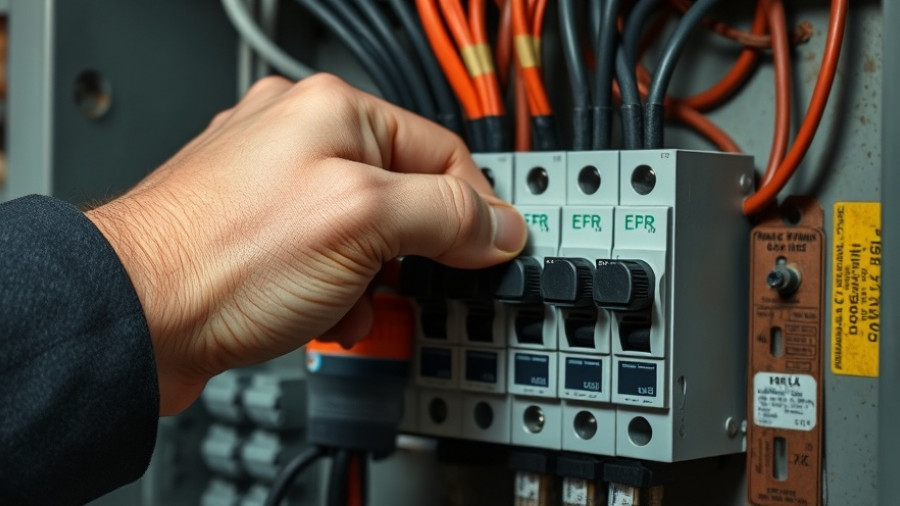
Understanding the Impact of First Impressions on Home Sales
Homeownership often feels like an endless list of projects, and while some upgrades may seem glamorous, the essential maintenance upgrades are what truly influence resale value. The first impression a potential buyer gets when approaching your home can seal the deal—or turn them away. Curb appeal, much like an inviting handshake, sets the stage. Freshly painted exteriors, well-manicured lawns, and clean walkways signal to buyers that the home has been well cared for from the ground up.
Focus on the Foundations: Roof and Structural Integrity
Before buyers even step through the door, they can form opinions based on the condition of the roof. A roof in disrepair can lead to concerns about leaks and costly repairs. Regular inspections and timely repairs are vital. Both a clean roof and good structural integrity project trust and confidence, encouraging prospective buyers to envision their lives in the space. Documenting roof maintenance through receipts and photos can further reassure buyers about the home’s upkeep.
The Hidden Value of Plumbing and Electrical Systems
Although plumbing and electrical systems don’t make it to listing photos, their importance can’t be overstated. Outdated systems can raise red flags during inspections, and failing inspections can chase buyers away. Potential sellers should plan upgrades like replacing fixtures, shutting off valves, and ensuring that all electrical components are safe and up-to-date. These proactive steps not only secure your home’s resale value, but they also provide peace of mind for future homeowners.
Kitchens and Bathrooms: The Heart of the Home
Investing time and effort into kitchens and bathrooms pays off. Small repairs can elevate these spaces significantly, from re-grouting tiles to replacing outdated fixtures. Even adding energy-efficient components can impress buyers looking for modern sanctuaries to retreat to. Simple steps, such as adding soft-close hinges and proper lighting, show buyers that those areas are both functional and inviting.
Energy Efficiency—A Modern Necessity for Buyers
In today’s market, energy efficiency is not merely a buzzword; it’s crucial to many buyers who are concerned about long-term costs. Investing in a professional tune-up for HVAC systems, upgrading insulation, and sealing drafts can boost the appeal of your home significantly. Smart thermostats also provide added convenience and efficiency that buyers are increasingly seeking.
Enhancing Curb Appeal That Leaves a Lasting Impression
The outdoor aesthetic is not just for show—it's a critical dimension of selling a home. Cleaning the exterior, pressure washing surfaces, and maintaining landscaping can transform how a property is perceived. It’s worth considering simple upgrades such as contemporary mailboxes and modern house numbers that align with current trends while enhancing visibility.
Conclusion: Investing in Maintenance for Long-term Gains
Though often overlooked in favor of more showy updates, simple maintenance projects can significantly increase your home's value. Balancing structural integrity and aesthetic appeal is vital for demonstrating to potential buyers that the house has been well-loved. Ultimately, a commitment to regular upkeep will enhance both the market appeal of your home and your overall satisfaction with living in it.
 Add Row
Add Row  Add
Add 




Write A Comment